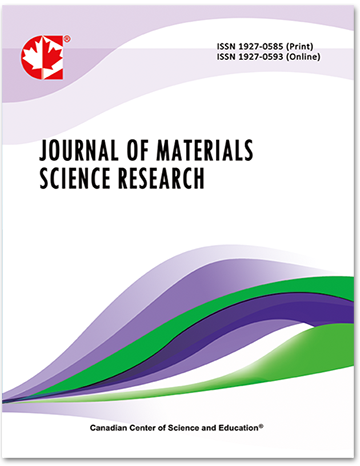Verification of Equation for Evaluating Dislocation Density during Steady-state Creep of Metals
- Manabu Tamura
Abstract
Ninety-two sets of observed dislocation densities for crept specimens of 21 types of ferritic/martensitic and austenitic steels, Al, W, Mo, and Mg alloys, Cu, and Ti including germanium single crystals were collected to verify an equation for evaluating the dislocation density during steady-state creep proposed by Tamura and Abe (2015). The activation energy, Qex, activation volume, Vex, and Larson–Miller constant, Cex, were calculated from the creep data. Using these parameter constants, the strain rate, and the temperature dependence of the shear modulus, a correction term, Gamma, was back-calculated from the observed dislocation density for each material. Gamma is defined in the present paper as a function of the temperature dependences of both the shear modulus and pre-exponential factor of the strain rate. The values of Gamma range from −394 to 233 and average 2.1 KJmol-1, which is a value considerably lower than the average value of Qex (410.4 KJmol-1), and values of Gamma are mainly within the range from 0 to 50 KJmol-1. The change in Gibbs free energy, Delta G, for creep deformation is obtained using the calculated value of , and the empirical relation Delta G~Delta GD is found, where Delta GD is the change in Gibbs free energy for self-diffusion of the main componential element of each material. Experimental data confirm the validity of the evaluation equation for the dislocation density.- Full Text:
 PDF
PDF
- DOI:10.5539/jmsr.v6n2p20
Journal Metrics
Impact Factor 2022 (by WJCI): 0.583
Google-based Impact Factor (2021): 0.52
h-index (December 2021): 22
i10-index (December 2021): 74
h5-index (December 2021): N/A
h5-median (December 2021): N/A
Index
- CAS (American Chemical Society)
- CNKI Scholar
- Elektronische Zeitschriftenbibliothek (EZB)
- EuroPub Database
- Excellence in Research for Australia (ERA)
- Google Scholar
- Infotrieve
- JournalTOCs
- LOCKSS
- NewJour
- PKP Open Archives Harvester
- Qualis/CAPES
- SHERPA/RoMEO
- Standard Periodical Directory
- Universe Digital Library
- WJCI Report
- WorldCat
Contact
- John MartinEditorial Assistant
- jmsr@ccsenet.org
